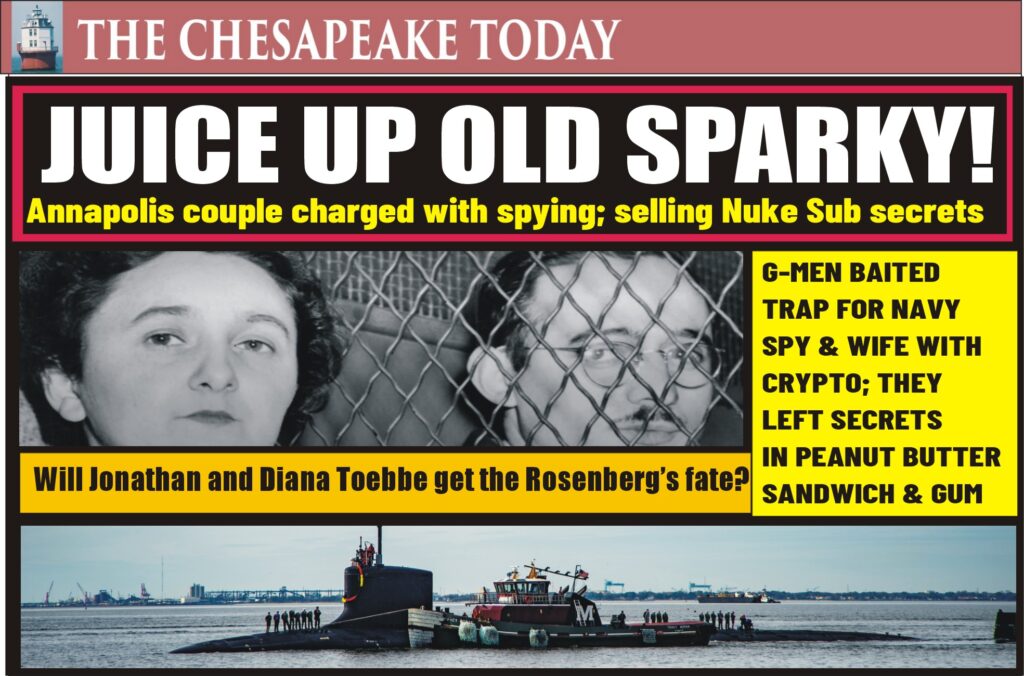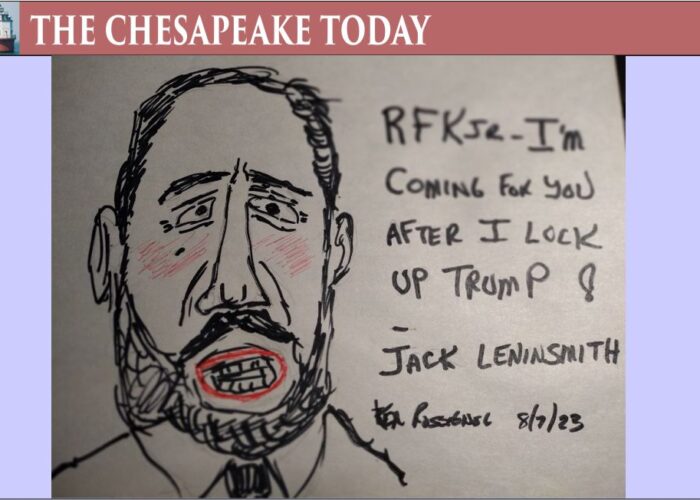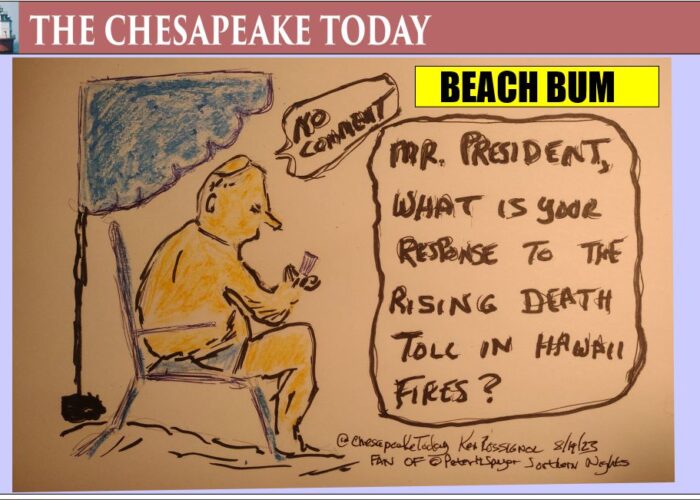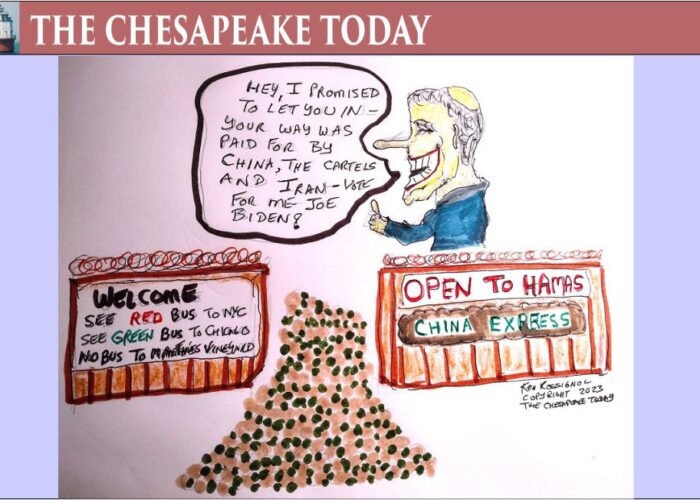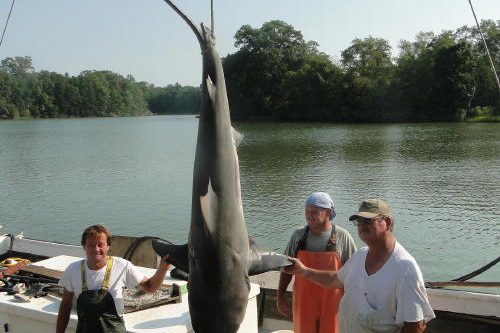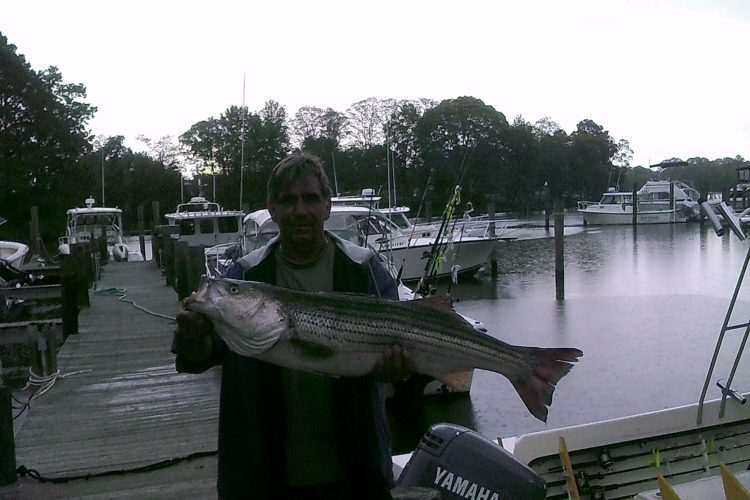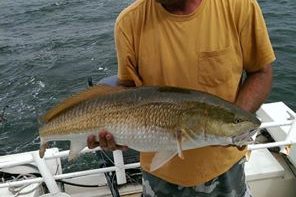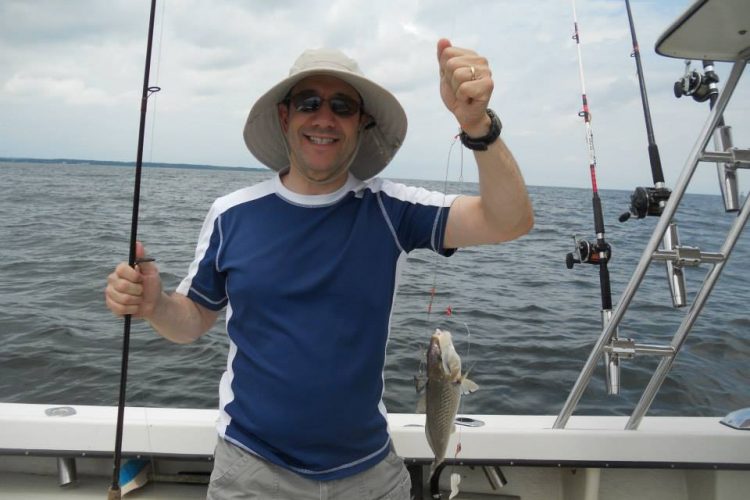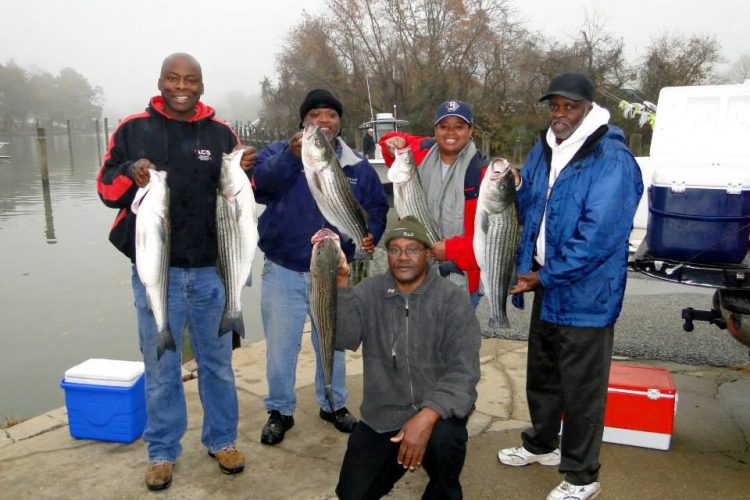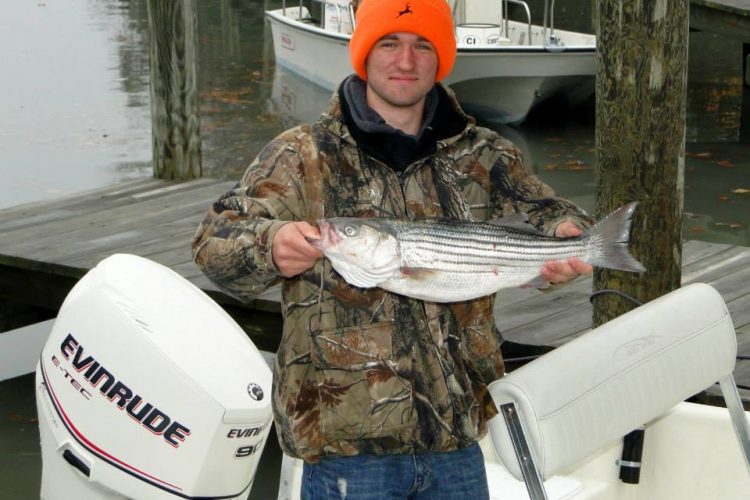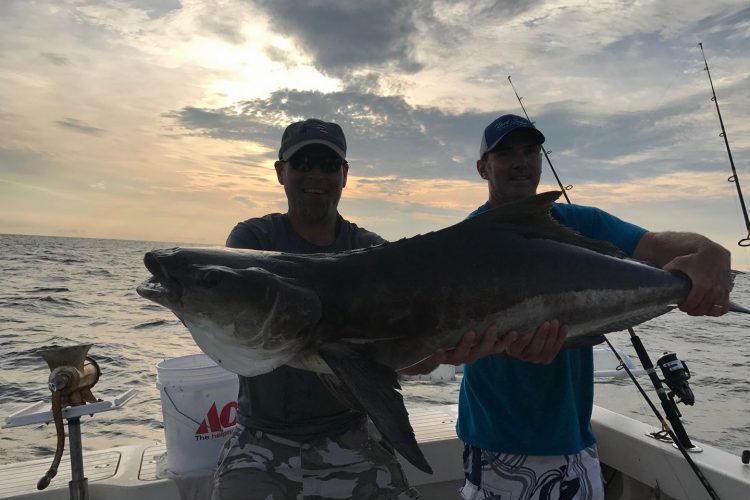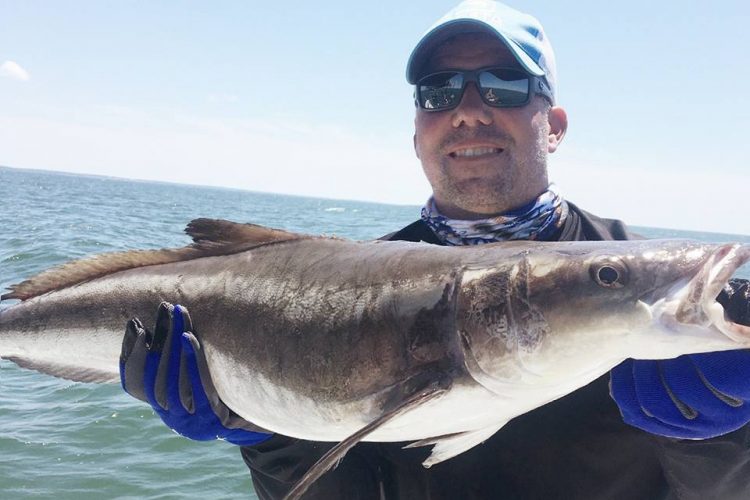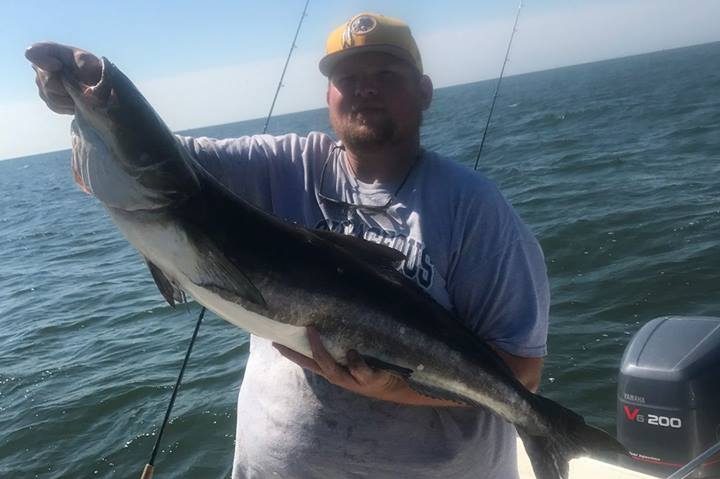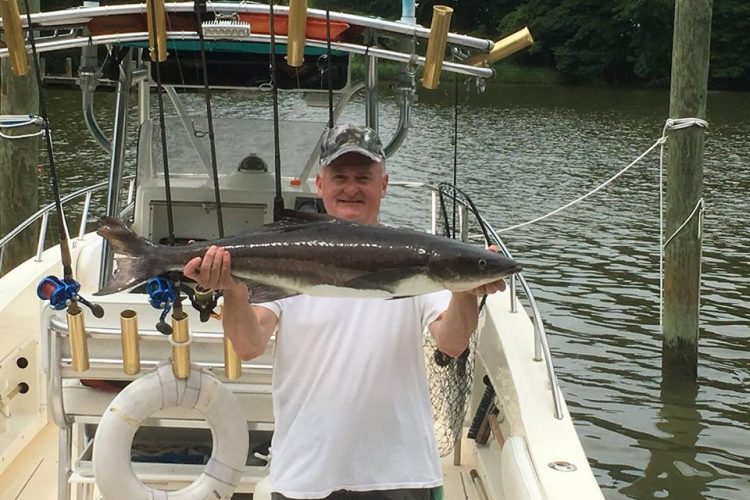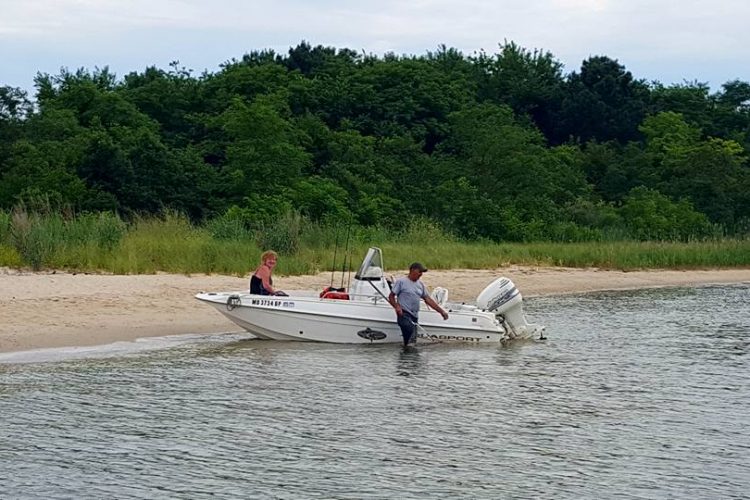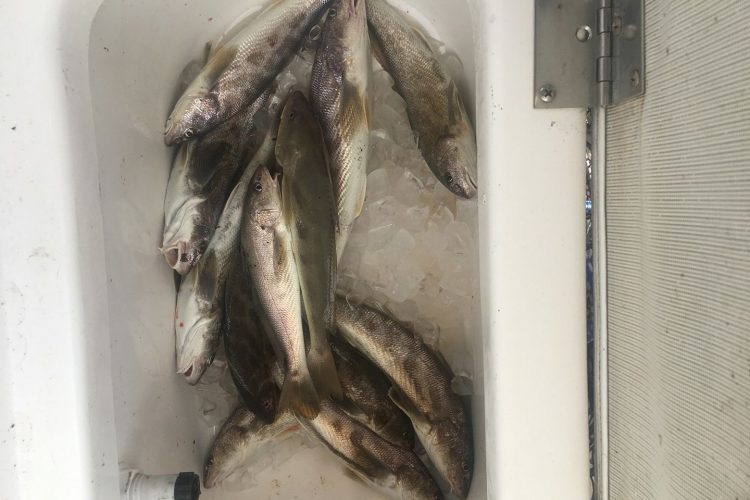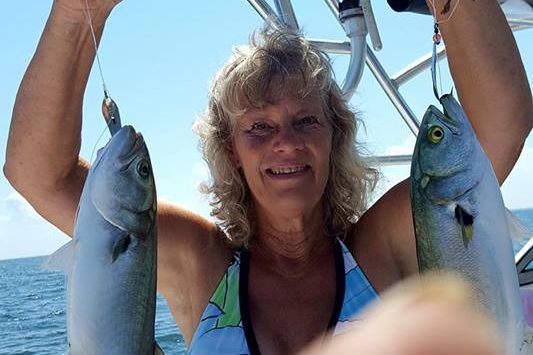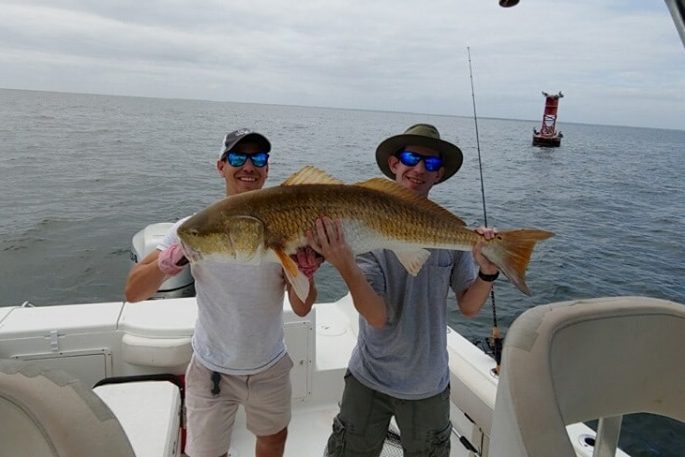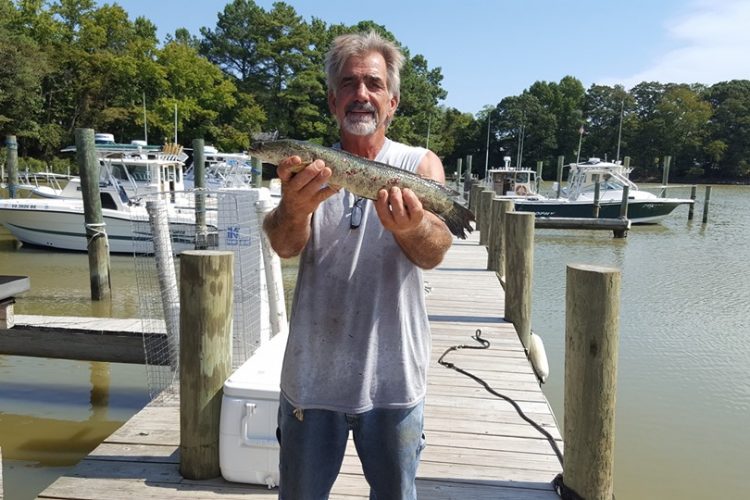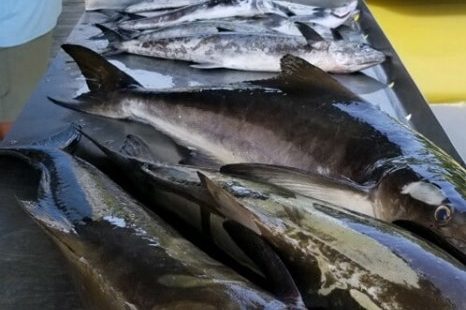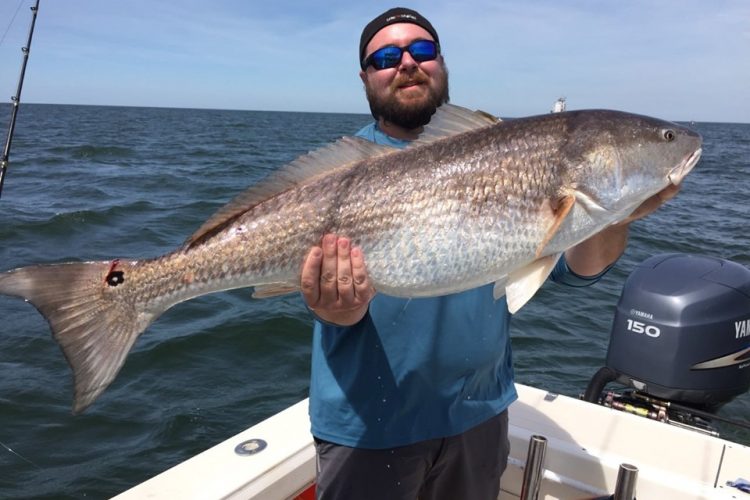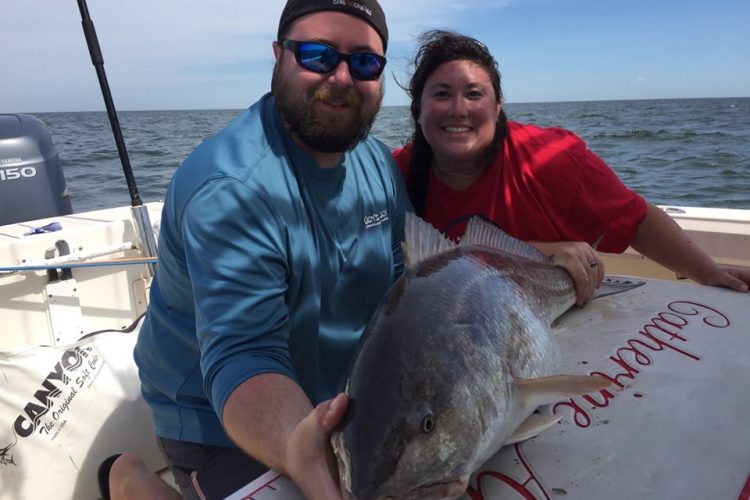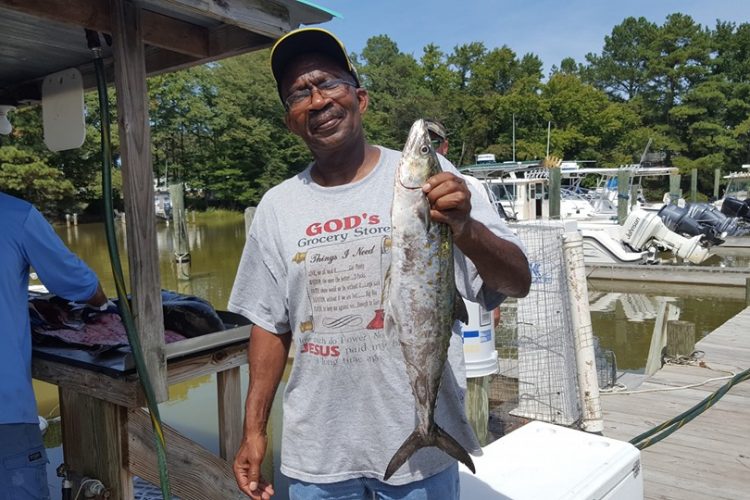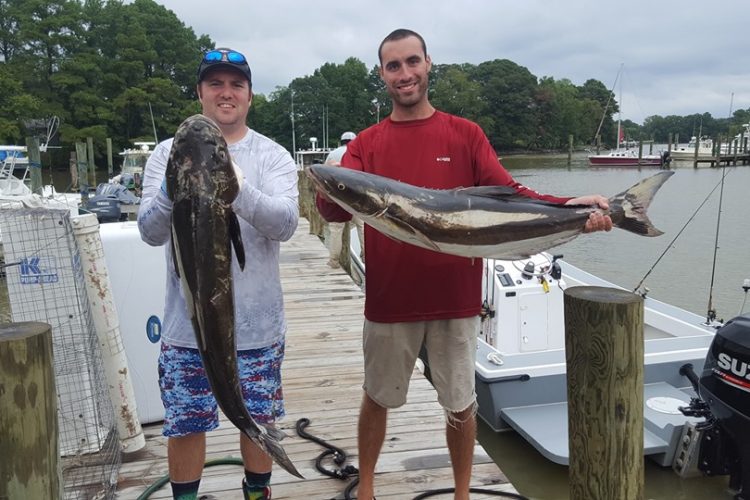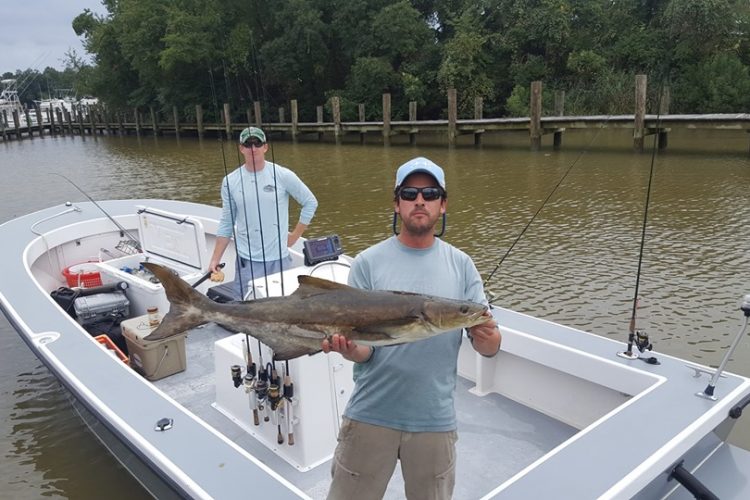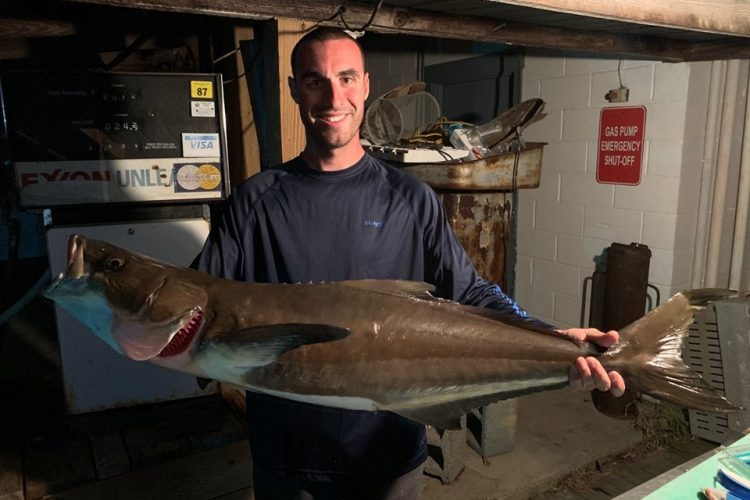
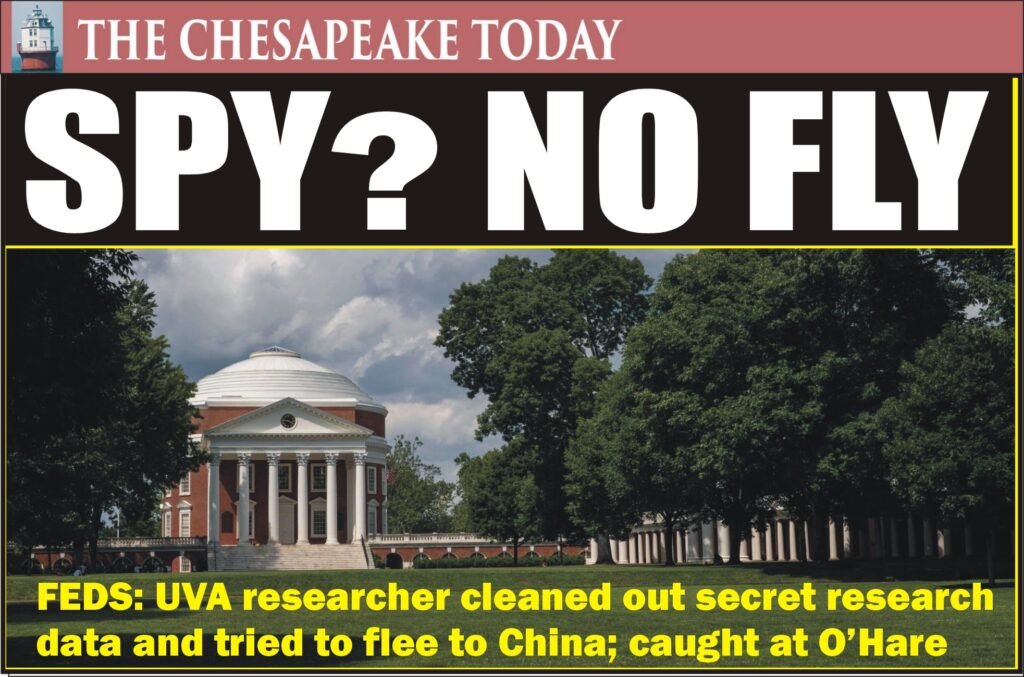
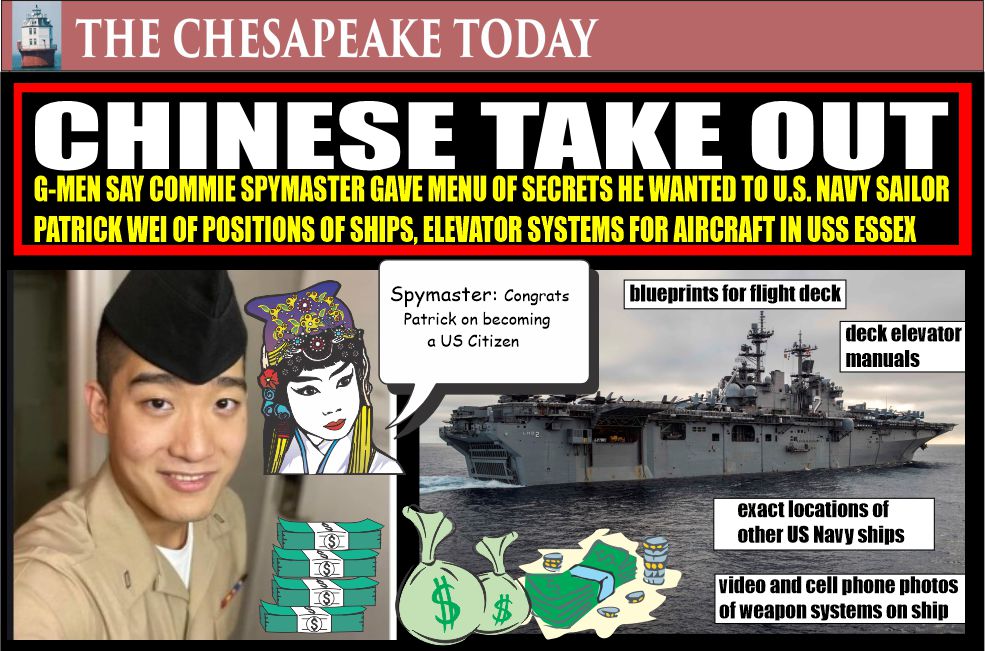
In two separate cases in the Southern and Central Districts of California, two U.S. Navy sailors were arrested for transmitting sensitive military information to the People’s Republic of China (PRC).
“These individuals stand accused of violating the commitments they made to protect the United States and betraying the public trust, to the benefit of the PRC government,” said Assistant Attorney General Matthew G. Olsen of the Justice Department’s National Security Division. “The Department of Justice will continue to use every tool in our arsenal to counter threats from China and to deter those who aid them in breaking our laws and threatening our national security.”
“These arrests are a reminder of the relentless, aggressive efforts of the People’s Republic of China to undermine our democracy and threaten those who defend it,” said Assistant Director Suzanne Turner of the FBI’s Counterintelligence Division. “The PRC compromised enlisted personnel to secure sensitive military information that could seriously jeopardize U.S. national security. The FBI and our partners remain vigilant in our determination to combat espionage and encourage past and present government officials to report any suspicious interactions with suspected foreign intelligence officers.”
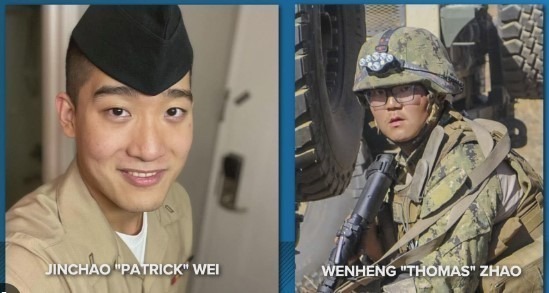
SAILOR PATRICK WEI CHARGED WITH SELLING NAVY SECRETS FOR CASH ON THE BARREL HEAD
United States v. Jinchao Wei, Southern District of California
A U.S. Navy sailor, Jinchao Wei, aka Patrick Wei, was arrested on August 2, 2023, on espionage charges as he arrived for work at Naval Base San Diego, the homeport of the Pacific Fleet. He was indicted for conspiracy to send national defense information to an intelligence officer working for the People’s Republic of China.
The indictment, unsealed this morning, alleges that Wei was an active-duty sailor on the amphibious assault ship the U.S.S. Essex stationed at Naval Base San Diego. In his role as a machinist’s mate, Wei held a U.S. security clearance and had access to sensitive national defense information about the ship’s weapons, propulsion, and desalination systems. Amphibious assault ships like the Essex resemble small aircraft carriers and allow the U.S. military to project power and maintain presence by serving as the cornerstone of the U.S. Navy’s amphibious readiness and expeditionary strike capabilities.
According to the indictment, in February 2022, Wei began communicating with an intelligence officer from the PRC (Red China), who requested that Wei provide information about the U.S.S. Essex and other Navy ships.
COMMUNIST CHINESE SPYMASTER GAVE U.S. NAVY SAILOR PATRICK WEI A MENU OF SECRETS HE WANTED TO BUY FOR HARD CASH
Specifically, the Chinese intelligence officer tasked Wei with passing him photos, videos, and documents concerning U.S. Navy ships and their systems. The two agreed to hide their communications by deleting records of their conversations and using encrypted methods of communication.
At the request of the intelligence officer, between March 2022 and the present, Wei sent photographs and videos of the Essex, disclosed the locations of various Navy ships, and described the defensive weapons of the Essex. In exchange for this information, the intelligence officer paid Wei thousands of dollars over the course of the conspiracy.
The indictment further alleges that in June 2022, Wei sent the intelligence officer approximately 30 technical and mechanical manuals. These manuals contained export control warnings and detailed the operations of multiple systems aboard the Essex and similar ships, including power, steering, aircraft, and deck elevators, as well as damage and casualty controls. The intelligence officer confirmed with Wei that at least 10 of those manuals were useful to him. For the passage of those materials, the indictment alleges that Wei was paid $5,000.
In June 2022, the intelligence officer requested that Wei provide information about the number and training of U.S. Marines during an upcoming international maritime warfare exercise. In response to this request, Wei sent multiple photographs of military equipment to the intelligence officer.
In August 2022, Wei sent an additional 26 technical and mechanical manuals related to the power structure and operation of the Essex and similar ships. The manuals contained warnings that this was technical data subject to export controls and that it was deemed “critical technology” by the U.S. Navy.
The indictment further alleges that in October 2022, Wei sent a technical manual to the intelligence officer describing the layout and location of certain departments, including berthing quarters and weapons systems. Specifically, Wei sent a weapons control systems manual for the Essex and similar ships. This manual contained export-controlled data that could not be exported without a license from the U.S. government. The indictment alleges that Wei knowingly violated the International Traffic in Arms Regulations by transmitting this manual to the Chinese intelligence officer without obtaining a required license.
The intelligence officer continued to request information in 2023, including information about the overhaul and upgrades to the Essex. Specifically, he requested blueprints, especially those related to modifications to the flight deck. Wei provided information related to the repairs the Essex was undergoing, as well as other mechanical problems with similar vessels.
During the alleged conspiracy, the intelligence officer instructed Wei to gather U.S. military information that was not public and admonished him not to discuss their relationship and to destroy any evidence regarding the nature of their relationship and their activities.
“Our nation’s safety and security are in their hands. When a soldier or sailor chooses cash over country, and hands over national defense information in an ultimate act of betrayal, the United States will aggressively investigate and prosecute.”
U. S. ATTORNEY RANDY GROSSMAN
“We have entrusted members of our military with tremendous responsibility and great faith,” said U.S. Attorney Randy Grossman for the Southern District of California. “Our nation’s safety and security are in their hands. When a soldier or sailor chooses cash over country, and hands over national defense information in an ultimate act of betrayal, the United States will aggressively investigate and prosecute.”
Indictment lists allegations from G-Men over actions Patrick Wei took that could lead to Red China sinking US Naval warships.
U.S. Attorney Grossman thanked the prosecution team and investigating agencies for their excellent work on this case.
The FBI and Naval Criminal Investigative Service (NCIS) investigated the case.
Assistant U.S. Attorneys John Parmley and Fred Sheppard for the Southern District of California and Trial Attorney Adam Barry of the National Security Division’s Counterintelligence and Export Control Section are prosecuting the case.
United States v. Wenheng Zhao, Central District of California
A U.S. Navy servicemember, Petty Officer Wenheng Zhao, aka Thomas Zhao, 26, of Monterey Park, California, was arrested following an indictment by a federal grand jury, charging him with receiving bribes in exchange for transmitting sensitive U.S. military information to an individual posing as a maritime economic researcher, but who was actually an intelligence officer from the PRC.
The indictment alleges that Zhao, who worked at Naval Base Ventura County in Port Hueneme and held a U.S. security clearance, received bribes from a Chinese intelligence officer in exchange for violating his official duties as a U.S. sailor by, among other actions, disclosing non-public sensitive U.S. military information.
Beginning in August 2021 and continuing through at least May 2023, at the Chinese intelligence officer’s direction, Zhao allegedly violated his official duties to protect sensitive military information by surreptitiously recording, and then transmitting to the intelligence officer, U.S. military information, photographs and videos. According to the indictment, the Chinese intelligence officer told Zhao that the intelligence officer was a maritime economic researcher seeking the information for investment decisions.
In exchange for bribes, Zhao allegedly sent the Chinese military officer non-public and controlled operational plans for a large-scale U.S. military exercise in the Indo-Pacific Region, which detailed the specific location and timing of Naval force movements, amphibious landings, maritime operations and logistics support.
The indictment further alleges that in exchange for bribes, Zhao also photographed electrical diagrams and blueprints for a radar system stationed on a U.S. military base in Okinawa, Japan.
The intelligence officer allegedly directed Zhao to conceal their relationship and to destroy evidence of the unlawful and corrupt scheme.
In exchange for the sensitive information Zhao provided – information Zhao accessed as a result of his position within the U.S. Navy – the Chinese intelligence officer paid Zhao approximately $14,866, the indictment alleges.
“By sending this sensitive military information to an intelligence officer employed by a hostile foreign state, the defendant betrayed his sacred oath to protect our country and uphold the Constitution,” said U.S. Attorney Martin Estrada for the Central District of California. “Unlike the vast majority of U.S. Navy personnel who serve the nation with honor, distinction and courage, Mr. Zhao chose to corruptly sell out his colleagues and his country.”
If convicted, Zhao faces a maximum penalty of 20 years in prison.
Thomas Zhao indictment
The FBI Los Angeles Field Office’s Counterintelligence and Cyber Division and NCIS investigated the case. IRS Criminal Investigation provided substantial assistance.
Assistant U.S. Attorneys Annamartine Salick, Sarah Gerdes, Christine Ro, and Kathrynne Seiden of the Terrorism and Export Crimes Section for the Central District of California are prosecuting this case. Trial Attorney Adam Barry of the National Security Division’s Counterintelligence and Export Control Section is providing substantial assistance.
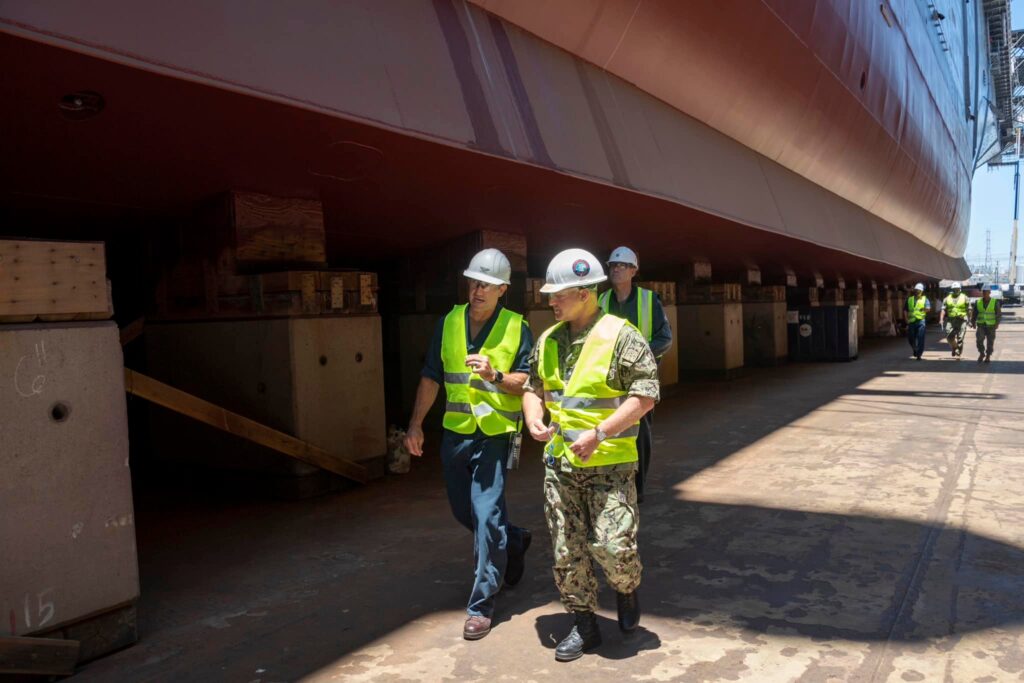
Rear Adm. Randall Peck, Expeditionary Strike Group (ESG) 3, speaks with leadership of the amphibious assault ship USS Essex (LHD 2) on the progress of Essex’s Dry Docking Selected Restricted Availability (DSRA), July 5, 2023.
Essex is dry-docked in San Diego, conducting a maintenance period to upgrade and refurbish many key systems aboard.
Photos by MC2 Christina Himes
USS Essex (LHD 2) – Official
U.S. Navy
Commander, U.S. Third Fleet
Surface Warriors
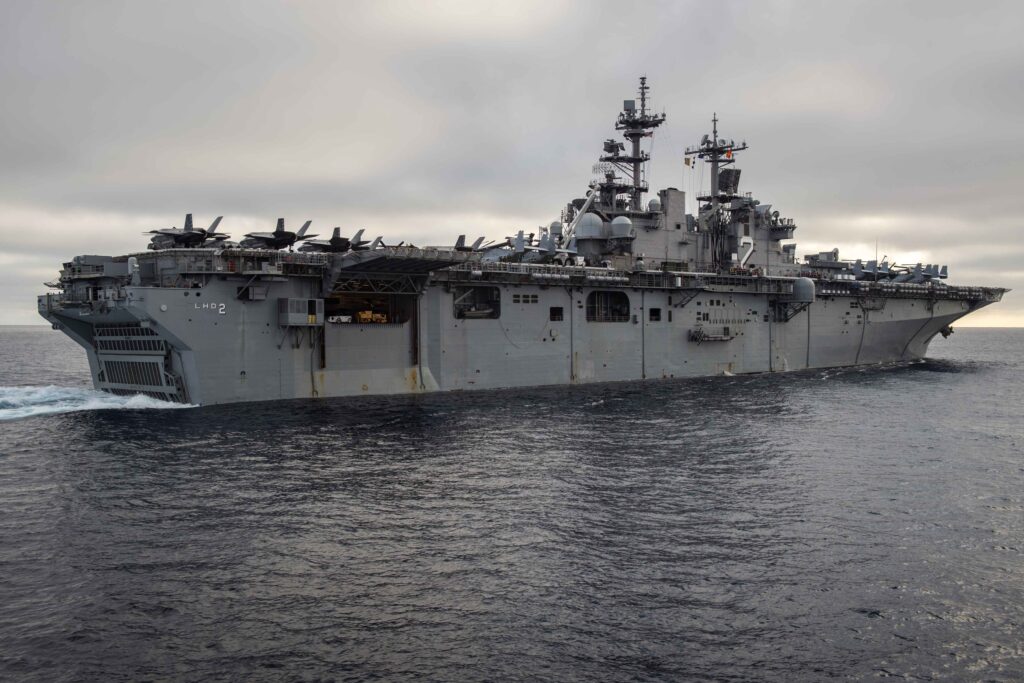
THE USS ESSEX
USS Essex (LHD 2) is the second ship to be commissioned in the WASP class of multipurpose amphibious assault ships. The principal mission of Essex is to conduct prompt, sustained operations at sea, primarily as the centerpiece and flagship of the Amphibious Ready Group. LHDs provide the means to transport, deploy, command, and support all elements of a Marine landing force of over 2,000 troops during an assault by air and amphibious craft.
Designed to be versatile, Essex has the option of simultaneously using helicopters, Harrier jets, and Landing Craft Air Cushioned (LCAC), as well as conventional landing craft and assault vehicles in various combinations. LHDs missions while operating with an aircraft carrier battle group. The ship’s extensive medical facilities consist of six medical operating rooms, four dental operating rooms, medical laboratories, and hospital facilities capable of caring for 600 patients.
In carrying out its primary mission, the 844-foot long, 44,000-ton Essex will transport and land ashore troops, tanks, trucks, artillery, and other supplies necessary to support an assault.
ABOUT THE SHIP
Keel Laid: March 20, 1989
Christening: March 16, 1991
Commissioning: October 17, 1992, in San Diego, CA
Aircraft Carrier USS Essex served from President Roosevelt in 1942 to Apollo Seven recovery under President Nixon.
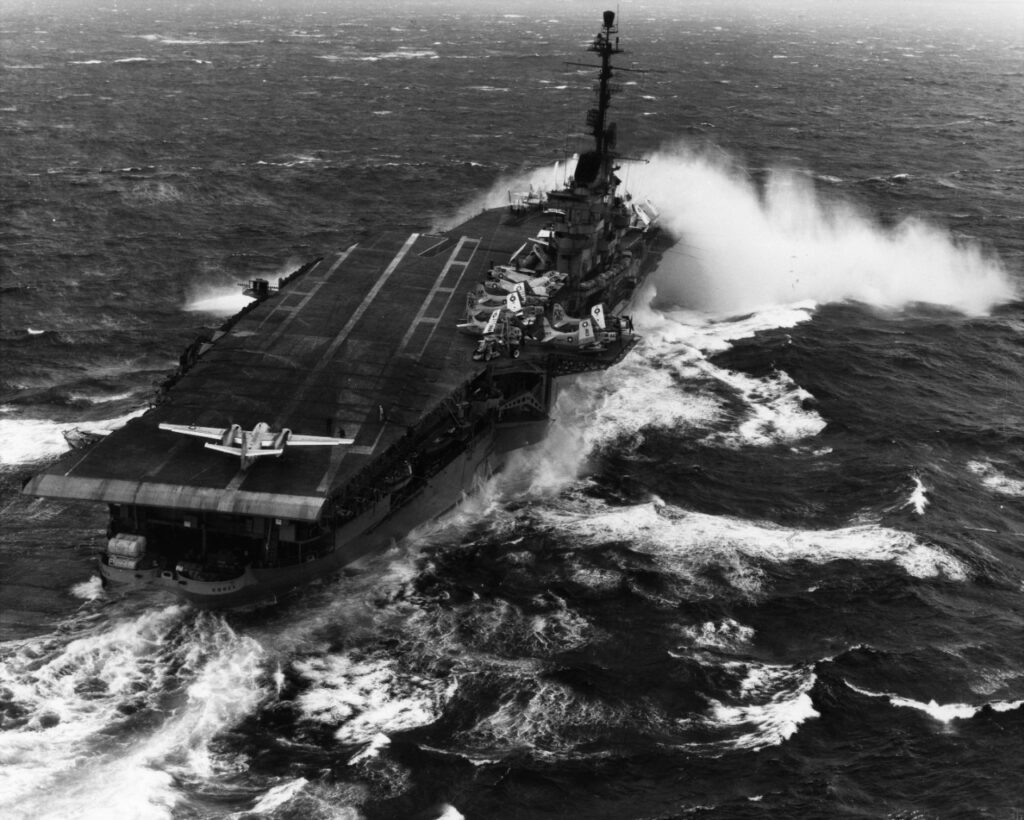
FROM US NAVY
USS Essex (CV-9), the lead aircraft carrier of her class, was commissioned on 31 December 1942 with Captain Donald B. Duncan in command. Following an accelerated shakedown cruise, Essex steamed for the Pacific in May 1943. On 31 August, Essex was designated flagship of Task Force 14, and on 5–6 October, her aircraft attacked Wake Island as part of Allied carrier operations in the Pacific. Later, 18–23 November, as the lead ship of Task Group 50.3, Essex launched an attack against the Gilbert Islands, where she also took part in her first amphibious assault— the landings on Tarawa. On 4 December, the task group attacked Kwajalein, and from 29 January–2 February 1944, Essex conducted a second amphibious assault against enemy forces in the Marshalls. Essex, in TG 58.2, joined TG 58.1 and 58.3, to constitute the most formidable Allied carrier striking force to date when they launched a massive attack against Truk on 17–18 February during which eight Japanese ships were sunk. While en route to the Marianas to sever Japanese supply lines, the “Fast Carrier Task Force” was detected, and they endured a prolonged aerial attack, which was eventually repelled. They then continued with the scheduled attack on Saipan, Tinian and Guam later that month. After the operations, Essex steamed to San Francisco where she underwent her first and only overhaul of the war.
Following work on the ship, Essex became the carrier for Air Group Fifteen lead by Commander David McCampbell. She then joined carriers USS Wasp (CV-18) and USS San Jacinto (CVL-30) for strikes against Marcus Island and Wake in late May 1944. Essex then deployed with TF 58 to support the occupation of the Marianas from 12 June–10 August, then sortied with TG 38.3 to lead an attack on the Palau Islands and Mindanao in early September. She remained in the area of operations to support the landings on Peleliu before weathering a typhoon on 2 October. For the remainder of 1944, Essex participated in strikes against Okinawa and Formosa before taking part in the Battle of Leyte Gulf (24–25 October). She continued to hunt enemy fleet units for the rest of the month before she steamed to Ulithi, Caroline Islands, for replenishment. Afterwards, Essex resumed offensive operations with attacks on Manila and the northern Philippine Islands during the month of November. On 25 November, a kamikaze hit the port edge of her flight deck landing that caused extensive damage, killing 15 and wounding 44. Following expedited repairs, Essex joined 3rd Fleet off Luzon to support the occupation of Mindoro on 14–16 December, then endured a second typhoon two days later. With TG 38.3, Essex participated in the Lingayen Gulf operation, launching strikes against Formosa, Sakishima, Okinawa, and Luzon. Entering the South China Sea in search of the enemy, the task force pounded Japanese shipping and conducted strikes on Formosa, the China coast, Hainan, and Hong Kong. Essex withstood the onslaught of a third typhoon in just four months (20–21 January 1945) before striking again at Formosa, Miyakp Shima, and Okinawa later that month.
For the remainder of the war, Essex operated with TF 58 with strikes against Tokyo in February to neutralize the enemy’s airpower and to cripple their aircraft manufacturing industry in preparation for the pivotal Battle of Iwo Jima. She later sent multiple support missions to the hard fought battle on the island. From 23 March–28 May, Essex was heavily engaged in the Battle of Okinawa, and in the final days of the war, she took part in the final raids against the Japanese home islands (10 July–15 August). Following Japan’s surrender, she continued defensive combat air patrols until 3 September when she was ordered to Bremerton, Washington, for inactivation. On 9 January 1947, she was placed out of commission in reserve.
On 15 January 1951, after receiving a new flight deck and a streamlined superstructure, Essex was recommissioned with Captain A.W. Wheelock in command. After serving briefly in Hawaiian waters, Essex began the first of her three tours in Far Eastern waters in support of the Korean War. Essex served as flagship for Carrier Division 1 and TF 77. She was the first carrier to launch F2H Banshee twin-jet fighters on combat missions. On 16 September 1951, one of the Banshees—damaged in combat—crashed into aircraft parked on the forward flight deck of Essex, causing an explosion and fire that killed seven. After repairs at Yokosuka, she returned to front-line action on 3 October to launch strikes up to the Yalu River and provide close air support for UN troops on the ground. On 1 October 1952, Essex was reclassified as an attack aircraft carrier (CVA-9). On her final deployment of the war that began in late 1953, Essex sailed the China Sea, and from November 1954–June 1955, engaged in training exercises, operated for several months with 7th Fleet, assisted in the Tachen Islands evacuation, and engaged in air operations and fleet maneuvers off Okinawa.
In July 1955, Essex entered the Puget Sound Naval Shipyard for extensive alterations and repairs that included the installation of an angled flight deck. With modernization complete, Essex joined the Pacific Fleet in March 1956. For the next 14 months, she operated off the U.S. west coast except for a six-month cruise with 7th Fleet in the Far East. On 21 June 1957, Essex was ordered to the Atlantic Fleet for the first time in her long, illustrious career. Later that year, she participated as an antisubmarine carrier in the NATO exercises “Strike Back,” and in February 1958, deployed with the 6th Fleet until May when she shifted to the eastern Mediterranean. On 14 July 1958, she steamed to the Middle East in support of the U.S. peace force in Beirut, Lebanon, where she launched reconnaissance and patrol missions until 20 August.
During the fall of 1959, Essex joined the 2nd Fleet in the Atlantic for exercises in the Mediterranean. Later that year, she aided victims of a disastrous flood in Frejus, France. In the spring of 1960, she was converted to an antisubmarine warfare support aircraft carrier (CVS-9). Essex participated in several exercises with NATO and the French Navy during this time. In the fall of 1962, she participated in the naval quarantine of Cuba during the Cuban Missile Crisis. Essex later was the prime recovery carrier for the Apollo 7 space mission. Essex was decommissioned on 30 June 1969 at the Boston Navy Yard.
Essex received the Presidential Unit Citation, and 13 battle stars for her World War II service. She also received four battle stars and the Navy Unit Commendation for her gallant service during the Korean War.
Discover more from THE CHESAPEAKE TODAY - ALL CRIME, ALL THE TIME
Subscribe to get the latest posts sent to your email.



